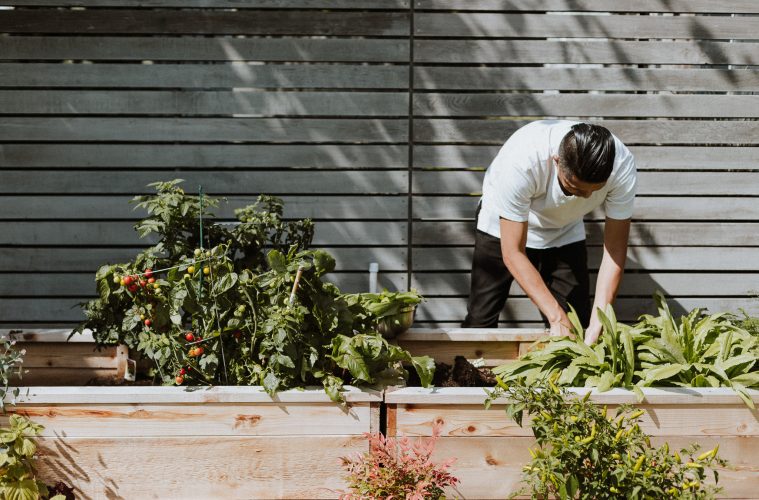Mulches control weeds by preventing the germination of weed seeds. Established weeds should be destroyed prior to the application of the mulch. In addition to weed control, mulches help conserve soil moisture, reduce soil erosion, prevent crusting of the soil surface, keep foliage, fruits, and vegetables clean, and may reduce disease problems.
Organic Materials
- Grass clippings
- Shredded leaves
- Coco hulls
- Weed-free straw
The previous act as excellent mulches. Apply several inches of these materials after the soil has warmed sufficiently. Plant growth may be slowed if these materials are applied when soil temperatures are still cool in early spring. These materials break down rather quickly and can be tilled into the soil in autumn or following spring.
Biodegradable Materials
- Newspaper
- Cardboard
- Paper
These have also been successfully used in vegetable gardens as mulch. Avoid the use of waxed cardboard and glossy paper, such as magazines. Remove packing tape and staples from boxes.
As with other mulches, start with a weed-free area. Over the entire area layout paper four to ten layers thick or cardboard one or two layers thick, being sure to overlap the edges. Cut a hole through the paper or cardboard and plant transplants or seed through it. Then thoroughly wet the paper or cardboard and cover with a layer of mulch or topsoil to help hold it in place and prevent it from blowing away.
Landscape staples can be used to hold cardboard in place. These paper materials typically break down in one growing season and can be tilled into the soil in autumn or following spring.
Wood Chips and shredded bark are not recommended
Wood chips and shredded bark can be used in the vegetable garden but take several years to decompose. This can be difficult to manage in this setting, especially as it relates to cultivation and planting in future years. For this reason, these mulches are not typically used with annuals, like vegetables.
By Aaron Steil, Horticulture and Home Pest News, Iowa State University Extension and Outreach
Featured image: Priscilla Du Preez via Unsplash

